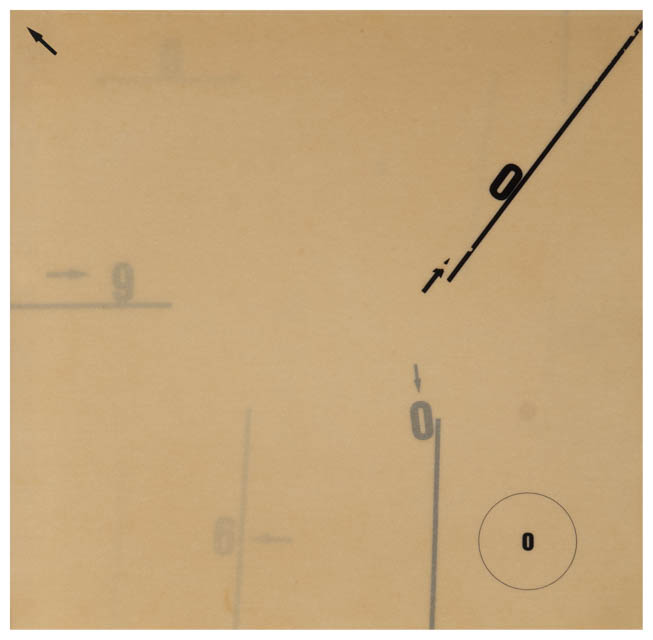Refluir de páginas fechadas e abertas
The flowing of closed and open pages
Uma obra-jogo que solicita de quem a manuseia compactuar com regras abertas e não prescritas: assim a crítica e curadora brasileira Aracy Amaral descreveu os cadernos de Mira Schendel. Essas obras – feitas, em sua grande maioria, no ano de 1971 – são exercícios de composição em papéis encadernados, perfurados, grampeados ou colados, como brochuras ou simples aglomerados de páginas. A artista usufruiu de centenas de conjuntos de folhas, de muitas dimensões, que, compreendidas em sua sequencialidade, formam um percurso no tempo e no espaço. O espaço, nesse caso, é como o de um livro, e o tempo é o dos gestos: leitura/coreografia de manusear, tocar, girar. Letraset, adesivos circulares, setas, retas, furos, arranjos com signos gráficos e letras, labirintos feitos com a letra “o”, e desenhos com as letras “b”, “d”, “p” e “q” habitam esses ambientes e convidam a uma leitura tão vinculada a uma experiência estética quanto aos seus procedimentos de construção. Essas composições, ancoradas em minuciosa linguagem gráfica, apresentam comportamentos ambivalentes: ao mesmo tempo que funcionam no espaço condensado de apenas uma página, parecem também escapar para uma narrativa visual que acontece na sequencialidade gráfica, na navegação pelo caderno, ou seja, no fluxo de folhear uma página depois da outra. An artwork-play that asks those handling it to agree to open, non-prescriptive rules: this is how Brazilian critic and curator Aracy Amaral described Mira Schendel’s notebooks. These pieces – mostly made in 1971 – are compositional exercises on bound, perforated, stapled, or glued paper, like booklets or simple bundles of pages. The artist made use of hundreds of sets of sheets, of various sizes, which, understood in their sequentiality, form a journey through time and space. The space, in this case, is that of a book, and the time is that of gestures: a reading/choreography of handling, touching, turning. Letraset, circular stickers, arrows, lines, holes, arrangements of graphic signs and letters, mazes made with the letter “o,” and drawings with the letters “b”, “d”, “p”, and “q” populate these environments, inviting a reading as tied to an aesthetic experience as to its construction processes. These compositions, anchored in meticulous graphic language, exhibit ambivalent behaviors: while they function within the condensed space of a single page, they also seem to escape into a visual narrative that unfolds through the graphic sequence, the navigation of the notebook, or the flow of turning one page after another.
An artwork-play that asks those handling it to agree to open, non-prescriptive rules: this is how Brazilian critic and curator Aracy Amaral described Mira Schendel’s notebooks. These pieces – mostly made in 1971 – are compositional exercises on bound, perforated, stapled, or glued paper, like booklets or simple bundles of pages. The artist made use of hundreds of sets of sheets, of various sizes, which, understood in their sequentiality, form a journey through time and space. The space, in this case, is that of a book, and the time is that of gestures: a reading/choreography of handling, touching, turning. Letraset, circular stickers, arrows, lines, holes, arrangements of graphic signs and letters, mazes made with the letter “o,” and drawings with the letters “b”, “d”, “p”, and “q” populate these environments, inviting a reading as tied to an aesthetic experience as to its construction processes. These compositions, anchored in meticulous graphic language, exhibit ambivalent behaviors: while they function within the condensed space of a single page, they also seem to escape into a visual narrative that unfolds through the graphic sequence, the navigation of the notebook, or the flow of turning one page after another.
Aracy Amaral, "Mira Schendel: os cadernos"
Aracy Amaral, "Mira Schendel: os cadernos" [Mira Schendel: the notebooks]
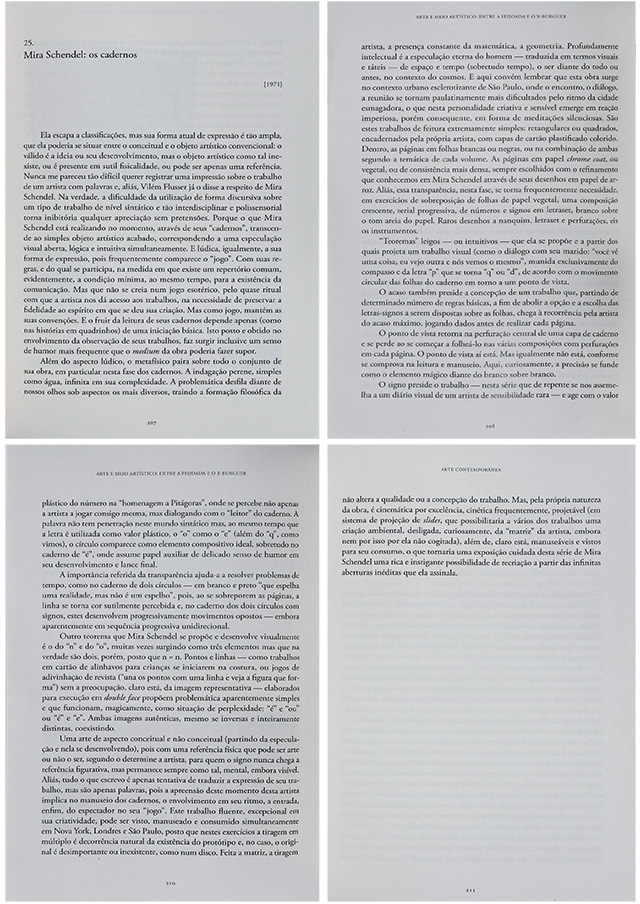 Aracy Amaral, "Mira Schendel: os cadernos", A Arte e o Meio Artístico: entre a feijoada e o x-burguer [Editora 34, São Paulo, 2013], publicado originalmente no contexto da exposição "Amelia Amorim Toledo, Donato Ferrari, Mira Schendel", Museu de Arte Contemporânea da Universidade de São Paulo, outubro de 1971. / Aracy Amaral, "Mira Schendel: os cadernos" [Mira Schendel: the notebooks], A Arte e o Meio Artístico: entre a feijoada e o x-burguer [Editora 34, São Paulo, 2013], originally published in the context of the exhibition "Amelia Amorim Toledo, Donato Ferrari, Mira Schendel", Museu de Arte Contemporânea da Universidade de São Paulo, October 1971.
Aracy Amaral, "Mira Schendel: os cadernos", A Arte e o Meio Artístico: entre a feijoada e o x-burguer [Editora 34, São Paulo, 2013], publicado originalmente no contexto da exposição "Amelia Amorim Toledo, Donato Ferrari, Mira Schendel", Museu de Arte Contemporânea da Universidade de São Paulo, outubro de 1971. / Aracy Amaral, "Mira Schendel: os cadernos" [Mira Schendel: the notebooks], A Arte e o Meio Artístico: entre a feijoada e o x-burguer [Editora 34, São Paulo, 2013], originally published in the context of the exhibition "Amelia Amorim Toledo, Donato Ferrari, Mira Schendel", Museu de Arte Contemporânea da Universidade de São Paulo, October 1971.
Mira Schendel: os cadernos, 1971
Ela escapa a classificações, mas sua forma atual de expressão é tão ampla, que ela poderia se situar entre o conceitual e o objeto artístico convencional: o válido é a ideia ou seu desenvolvimento, mas o objeto artístico como tal inexiste, ou é presente em sutil fisicalidade, ou pode ser apenas uma referência. Nunca me pareceu tão difícil querer registrar uma impressão sobre o trabalho de um artista com palavras e, aliás, Vilém Flusser já o disse a respeito de Mira Schendel. Na verdade, a dificuldade da utilização de forma discursiva sobre um tipo de trabalho de nível sintático e tão interdisciplinar e polissensorial torna inibitória qualquer apreciação sem pretensões. Porque o que Mira Schendel está realizando no momento, através de seus “cadernos”, transcende ao simples objeto artístico acabado, correspondendo a uma especulação visual aberta, lógica e intuitiva simultaneamente. E lúdica, igualmente, a sua forma de expressão, pois frequentemente comparece o “jogo”. Com suas regras, e do qual se participa, na medida em que existe um repertório comum, evidentemente, a condição mínima, ao mesmo tempo, para a existência da comunicação. Mas que não se creia num jogo esotérico, pelo quase ritual com que a artista nos dá acesso aos trabalhos, na necessidade de preservar a fidelidade ao espírito em que se deu sua criação. Mas como jogo, mantém as suas convenções. E o fruir da leitura de seus cadernos depende apenas (como nas histórias em quadrinhos) de uma iniciação básica. Isto posto e obtido no envolvimento da observação de seus trabalhos, faz surgir inclusive um senso de humor mais frequente que o medium da obra poderia fazer supor.
 Aracy Amaral, "Mira Schendel: os cadernos", A Arte e o Meio Artístico: entre a feijoada e o x-burguer [Editora 34, São Paulo, 2013], publicado originalmente no contexto da exposição "Amelia Amorim Toledo, Donato Ferrari, Mira Schendel", Museu de Arte Contemporânea da Universidade de São Paulo, outubro de 1971. / Aracy Amaral, "Mira Schendel: os cadernos" [Mira Schendel: the notebooks], A Arte e o Meio Artístico: entre a feijoada e o x-burguer [Editora 34, São Paulo, 2013], originally published in the context of the exhibition "Amelia Amorim Toledo, Donato Ferrari, Mira Schendel", Museu de Arte Contemporânea da Universidade de São Paulo, October 1971.
Aracy Amaral, "Mira Schendel: os cadernos", A Arte e o Meio Artístico: entre a feijoada e o x-burguer [Editora 34, São Paulo, 2013], publicado originalmente no contexto da exposição "Amelia Amorim Toledo, Donato Ferrari, Mira Schendel", Museu de Arte Contemporânea da Universidade de São Paulo, outubro de 1971. / Aracy Amaral, "Mira Schendel: os cadernos" [Mira Schendel: the notebooks], A Arte e o Meio Artístico: entre a feijoada e o x-burguer [Editora 34, São Paulo, 2013], originally published in the context of the exhibition "Amelia Amorim Toledo, Donato Ferrari, Mira Schendel", Museu de Arte Contemporânea da Universidade de São Paulo, October 1971.
Mira Schendel: the notebooks, 1971
She escapes classification, yet her current form of expression is so broad that it places her between conceptual art and the conventional art object: the idea, or its development, becomes the essential element, while the art object itself either does not exist, or it is only present in subtle physicality – or as a mere reference. I have never found it so difficult to attempt to register an impression of an artist’s work in words, as Vilém Flusser already noted about Mira Schendel. In fact, the difficulty lies in using discursive language to discuss a body of work that is syntactically, interdisciplinarily, and multisensorially complex, which makes any unpretentious appreciation of her work feel quite daunting. This is because what Mira Schendel currently achieves with her “notebooks” transcends the simple finished art object, corresponding to an open visual speculation that is both logical and intuitive. Her form of expression is equally playful, as the notion of “play” often appears – along with its rules, and in which we participate, to the extent that there is a shared repertoire, which is, of course, the minimal condition for communication to occur. Yet, it should not be considered an esoteric game, despite the almost ritualistic way the artist grants us access to her works and the need to preserve fidelity to the spirit in which they were created. However, as a game, it maintains its own set of conventions. And the enjoyment of reading her notebooks depends only (as with comic strips) on a basic initiation. Once this is established and achieved through the engagement with her pieces, it even brings forth a sense of humor that is more frequent than the medium of the work might suggest.
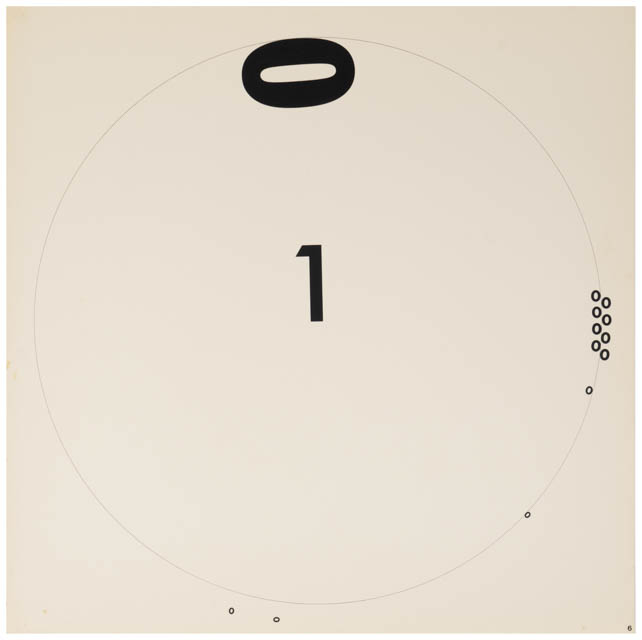
Sem título [Cadernos], 1971
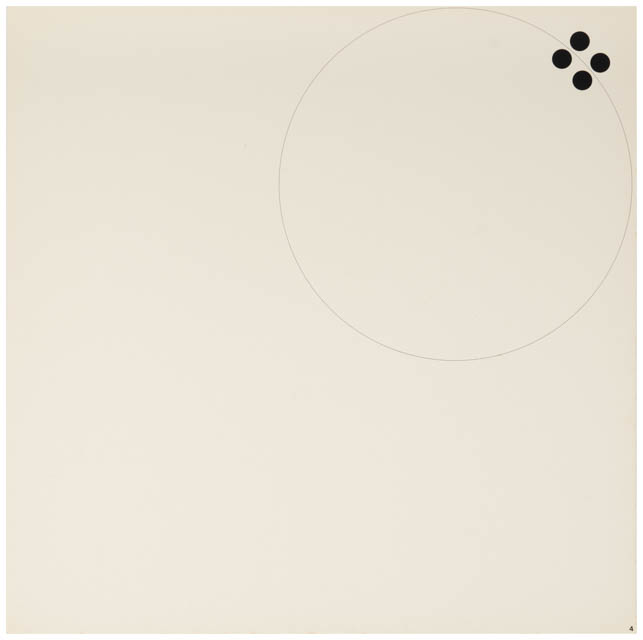
Sem título [Cadernos], 1971
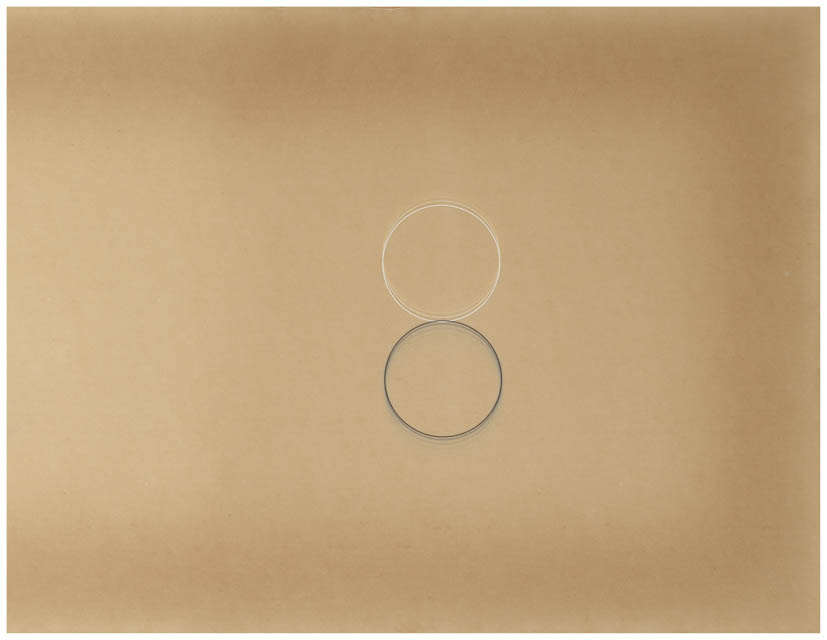
Sem título [Cadernos], 1971

Sem título [Cadernos], 1971
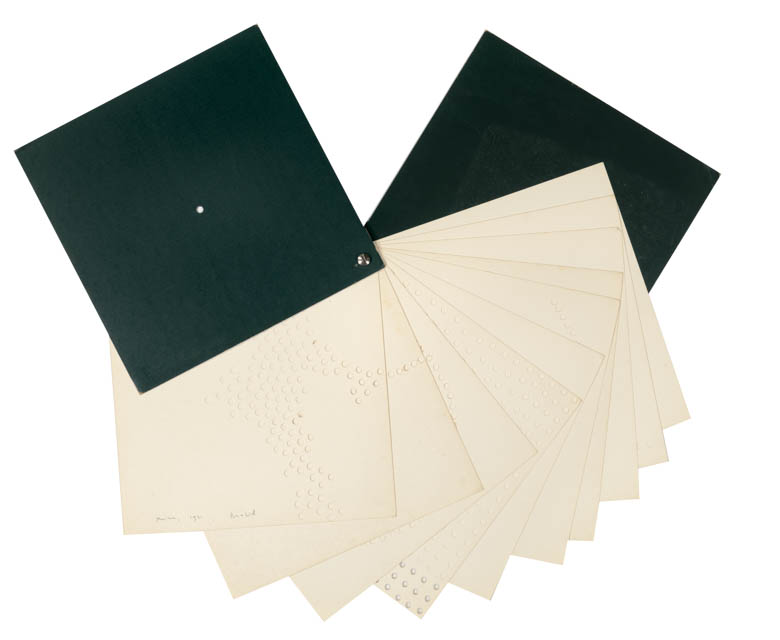
Sem título [Cadernos], 1971
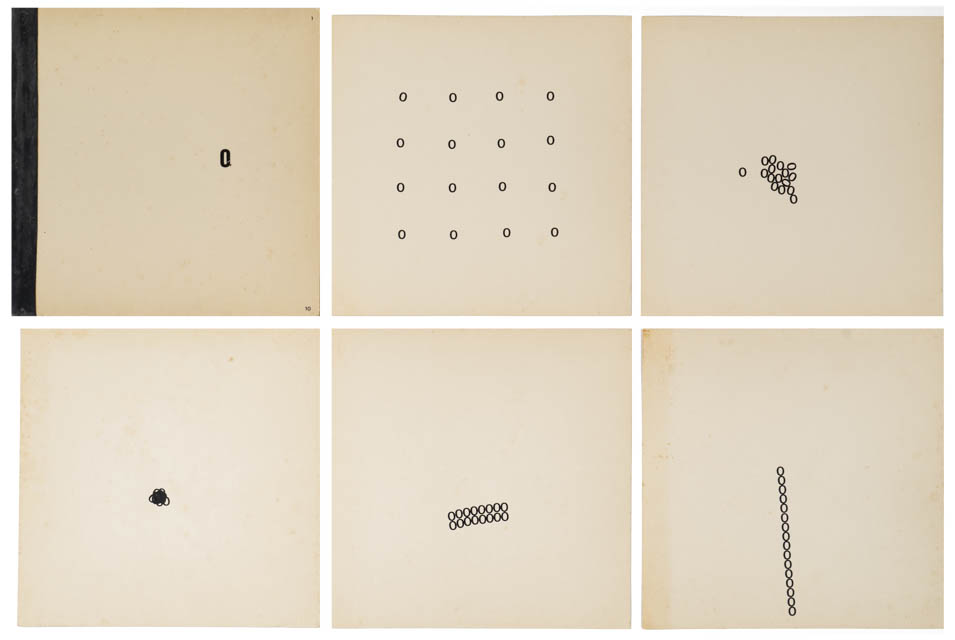
Sem título [Cadernos], 1971

Sem título [Cadernos], 1971
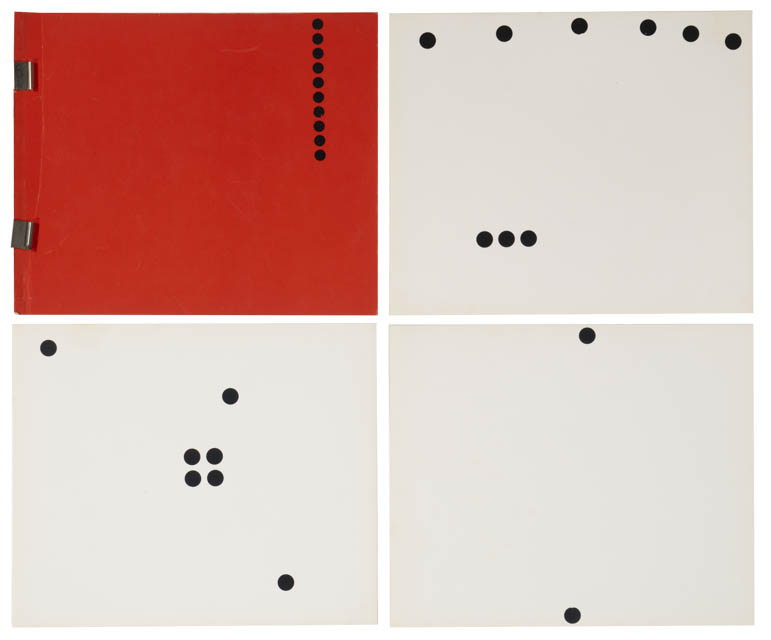
Sem título [Cadernos], 1971
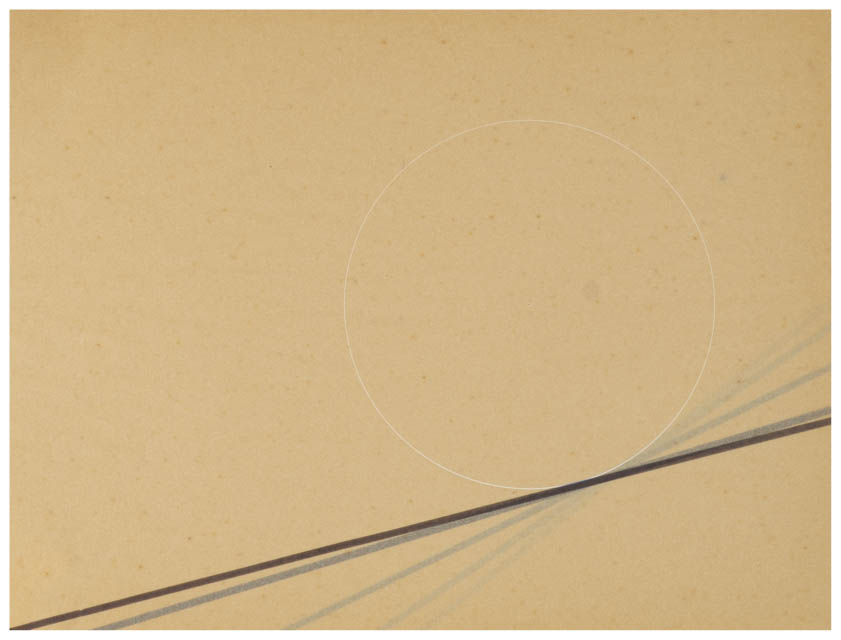
Sem título [Cadernos], 1971
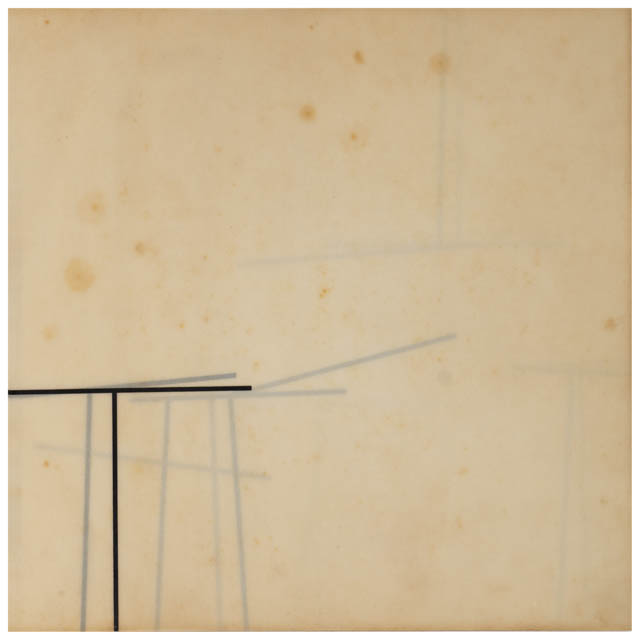
Sem título [Cadernos], 1971
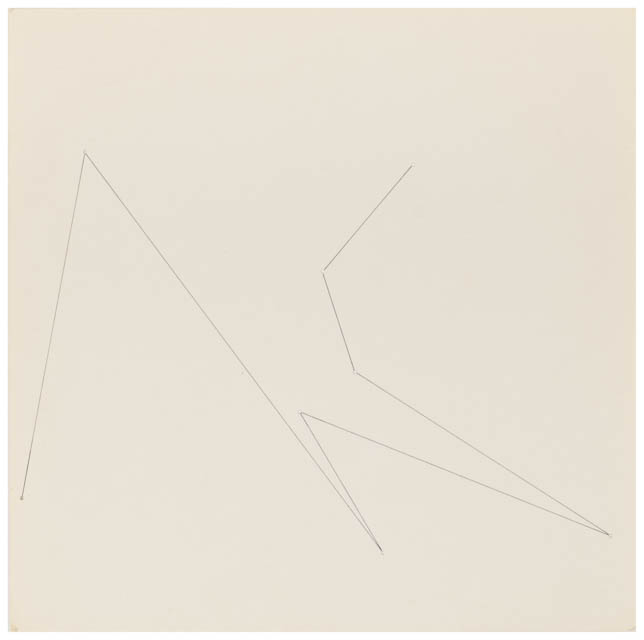
Sem título [Cadernos], 1971

Sem título [Cadernos], 1971
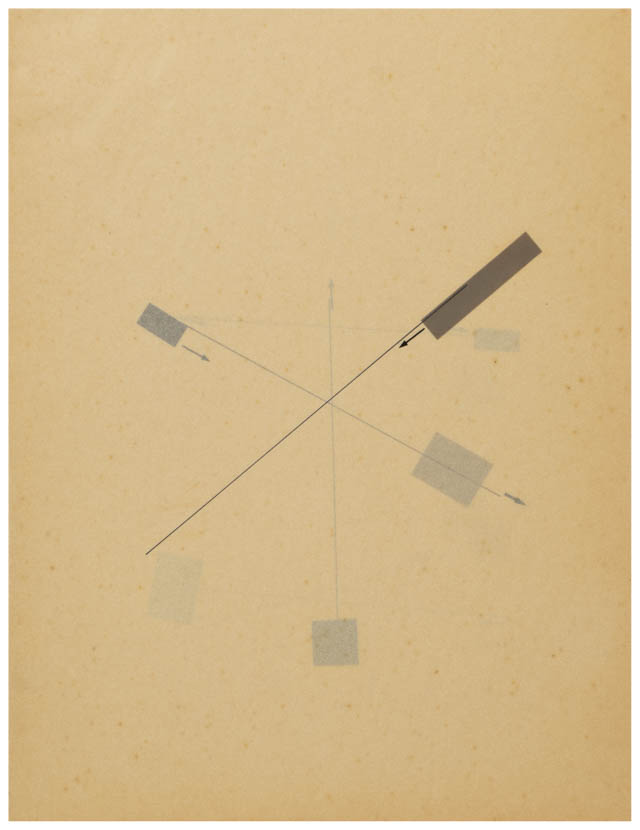
Sem título [Cadernos], 1971
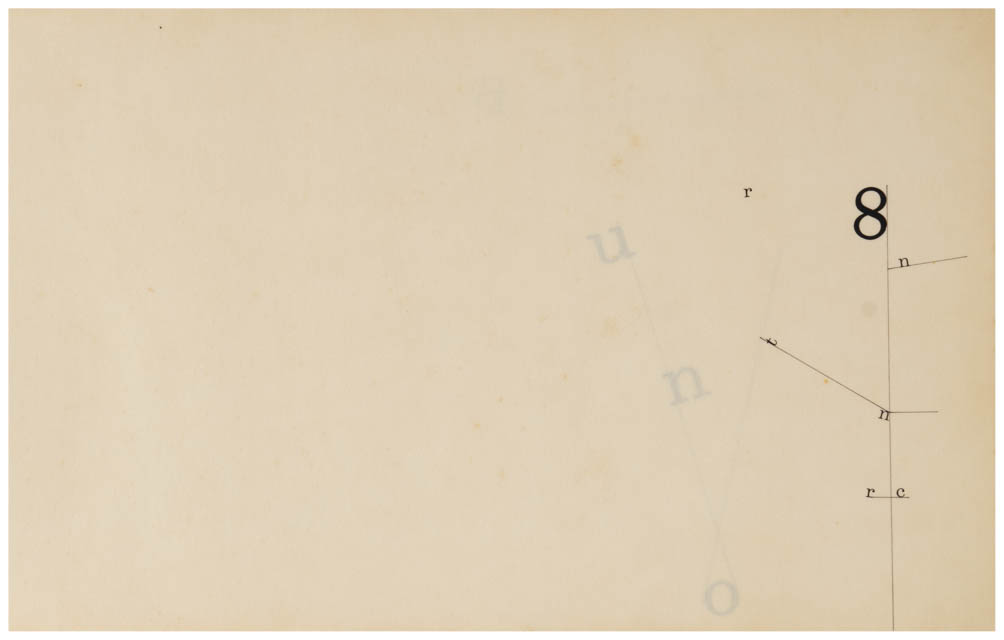
Sem título [Cadernos], 1973
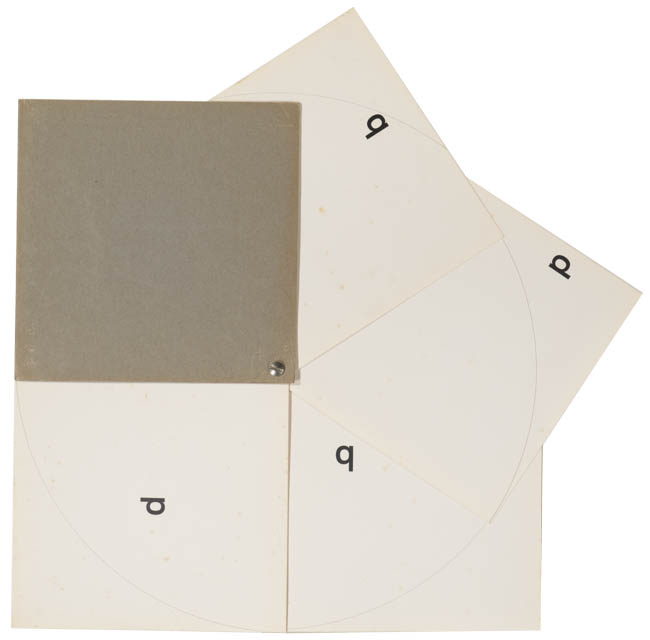
Sem título [Cadernos], 1971
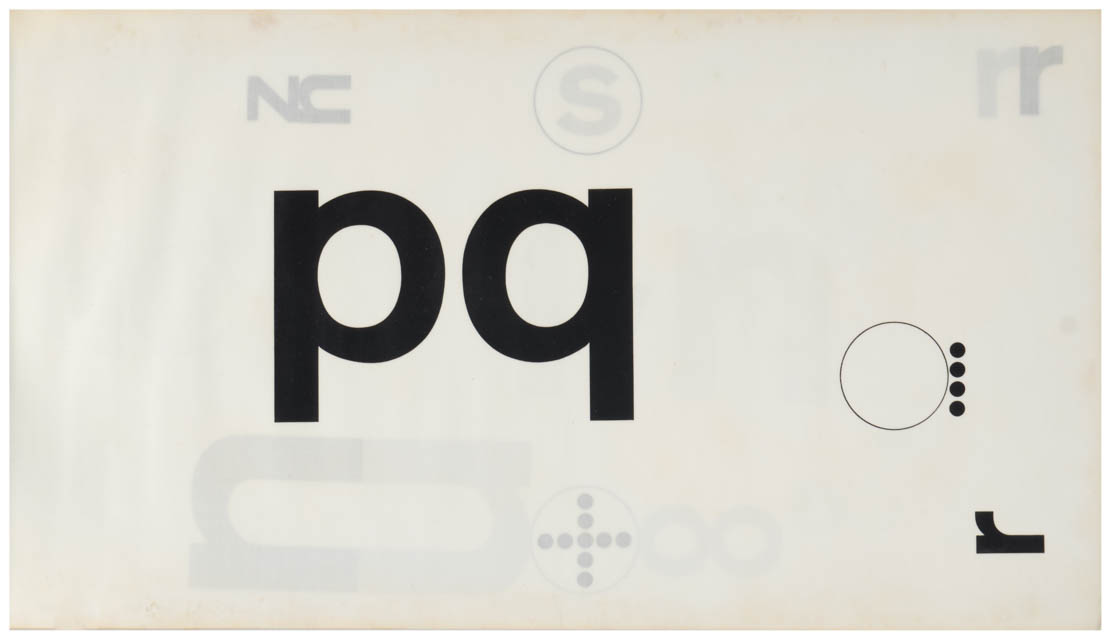
Sem título [Cadernos], 1971
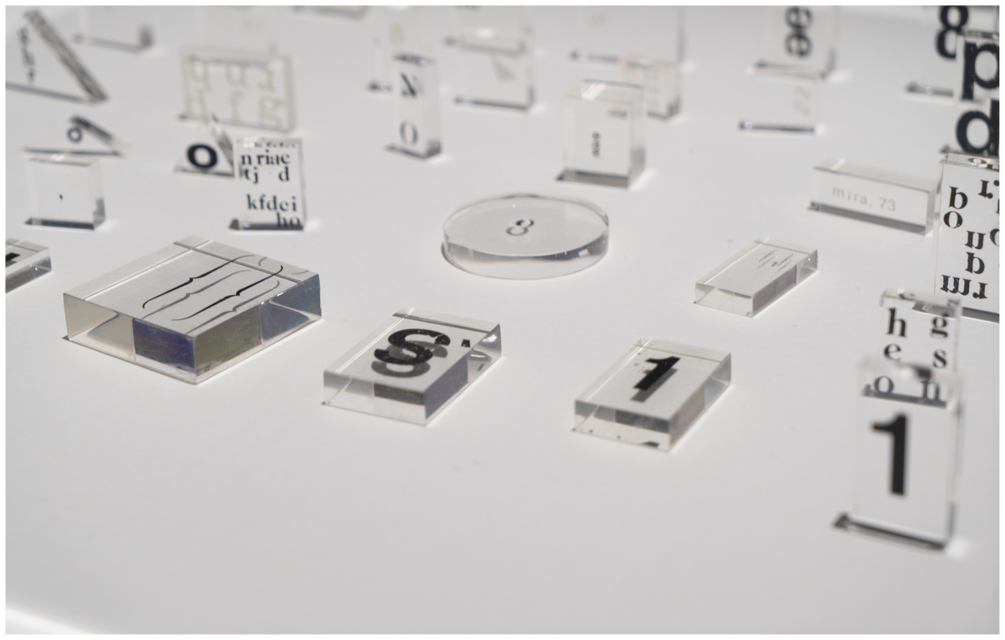
Sem título [Toquinhos de acrílico], c. 1971-1973
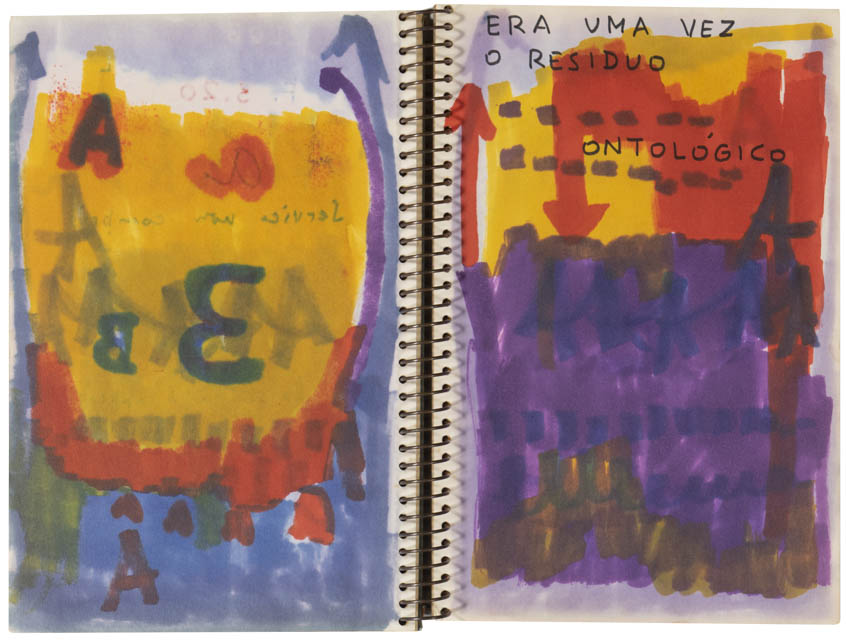
Sem título [Cadernos], 1966
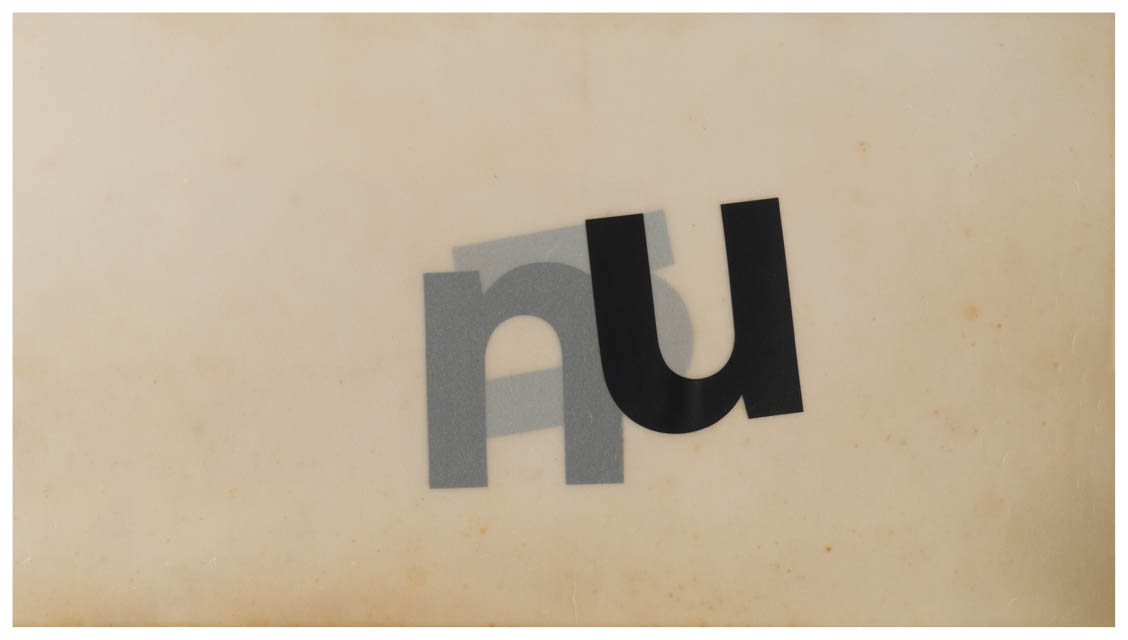
Sem título [Cadernos], 1971
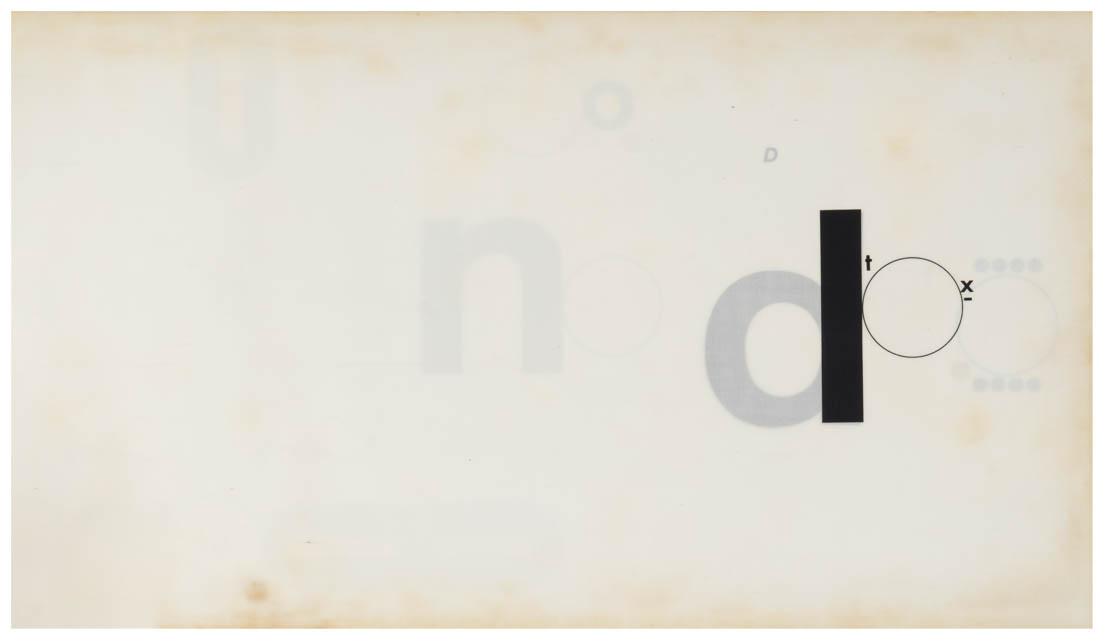
Sem título [Cadernos], 1971
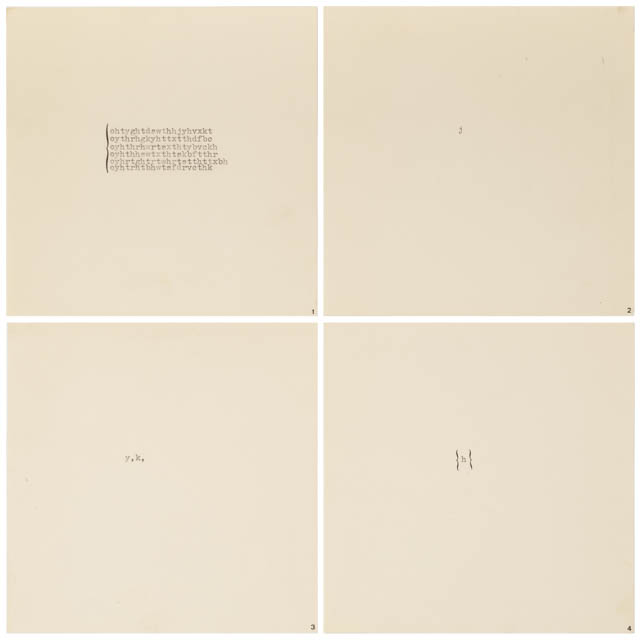
Sem título [Cadernos], 1971
